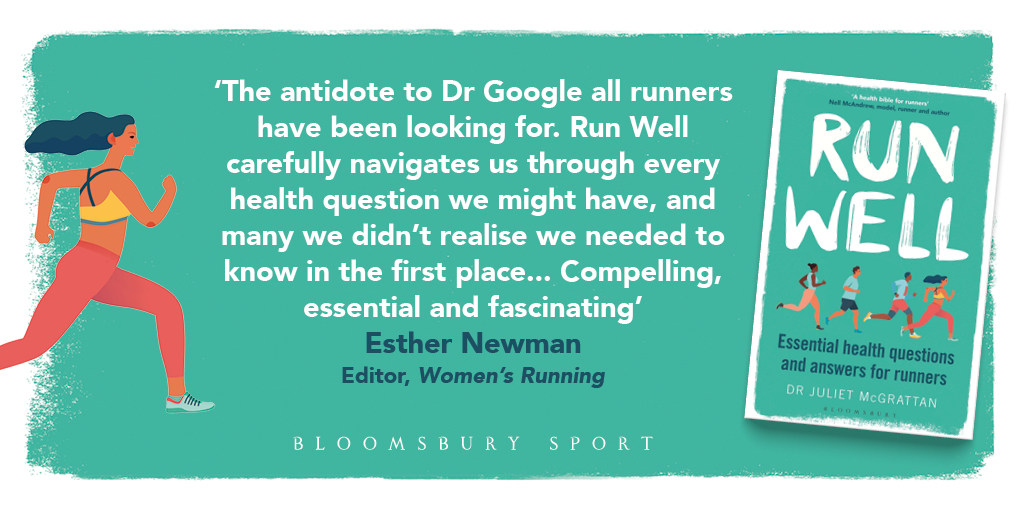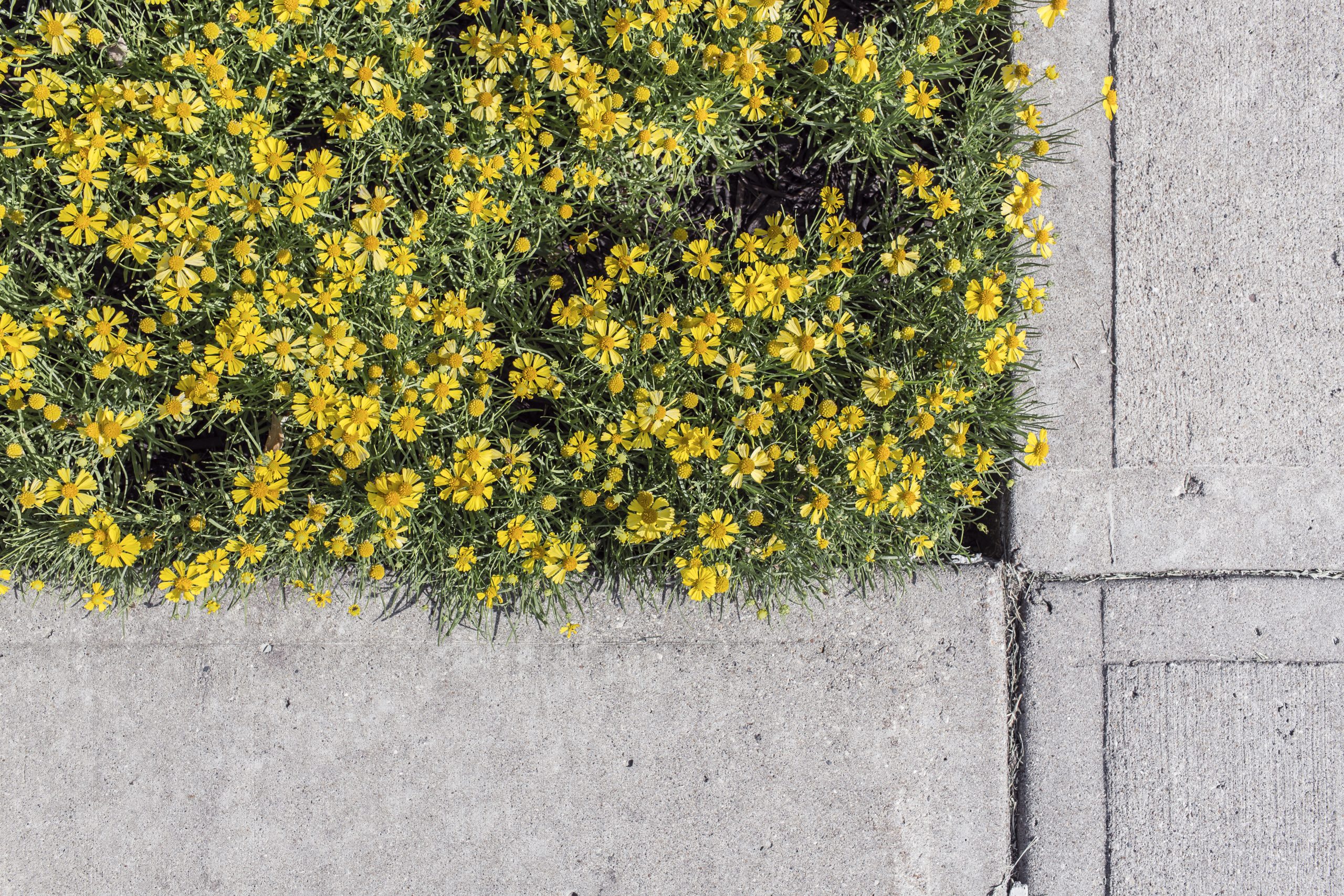Runny nose, sneezing and itchy eyes affecting your running? You’re not alone. When hay fever season is upon us, millions of us are reaching for the tissues and feeling grumpy that although we want to run, we know a blast of the outdoors will just make things worse.
What can you do to ease hay fever when you’re a runner? How can you keep running when the pollen count is high? Let’s explore the condition and I’ll share my four simple steps to beat hay fever.
What is hay fever?
It’s pollen that causes hay fever. The tiny powdery particles from plants float around in the air and trigger an allergy in some people. When the pollen comes into contact with mucous membranes such as the eyes, the lining of the nose and throat, a chain reaction happens. The immune system identifies the pollen as an allergen and responds by producing antibodies. These antibodies, called IgE, attach to cells called mast cells which then release chemicals including histamine. It’s the histamine that causes the annoying allergic symptoms.
Different pollens are in the air at different times of the year. For example, in the UK, tree pollens appear in March and grass pollens around May. You can even get weed and mould pollens as late as October. You might react to one or lots of types of pollen.
Hay fever symptoms
Hay fever symptoms vary from person to person and from day to day. Here’s what you might experience:
- a constantly runny nose
- a bunged up nose
- itchy or watery eyes
- a dry cough
- a tight or wheezy chest
- a sore or itchy throat
- itchy or blotchy skin rash
- sinus pain
- loss of smell
- tiredness
- headaches
- irritability
At its mildest, it might be a bit of a sniff and a quick wipe of your nose on your sleeve. At its worst, it can trigger asthma, reduce performance and even stop you running altogether.
When you’re running, your body wants to take in as much oxygen as possible. You breathe heavily and your nostrils flare to increase air flow. Unfortunately this means more pollen enters as a result.
How to stop hay fever
I’ve created the 4 Cs approach to help you manage hay fever as a runner. Here are four simple things you can do to minimise the effect that hay fever has on your running.
1. Count
Check the pollen forecast. Run when the pollen count is at its lowest which is during and after rain and on cool, still days. Find what level of pollen you can tolerate. Lunch time runs and runs by the coast general expose you to less pollen. You might want to run indoors on a treadmill if the count is forecast to be high and you know you’ll struggle (remember to keep the window closed).
2. Cover
Stop the pollen reaching your face with a cap, wrap-around sunglasses and even a light scarf or mask over your mouth. I recommend dabbing a blob of petroleum jelly or specially made barrier balms just inside your nose to trap pollen.
3. Clean
This one is really important. Your clothes and skin will have pollen stuck on them, especially if it’s windy. Strip off as soon as you get in, have a shower and wash your hair. Put your kit in the washing machine. Dry it indoors rather than on the line outside to prevent it getting coated in pollen again.
4. Chat
Visit your pharmacist to discuss the wide range of treatments for hay fever that you can buy over the counter. From eye drops and nasal sprays to antihistamine tablets and saline nose washes, there’s a lot of choice. Sometimes it’s trial and error to find what works best for you. Chatting to your pharmacist will ensure that you use one which is a good, safe fit for you.

There are other tips like these in my new book Run Well: Essential health questions and answers for runners. Published by Bloomsbury and available to buy now.

Featured image: Flowers in sidewalk – Gratisography








One Comment